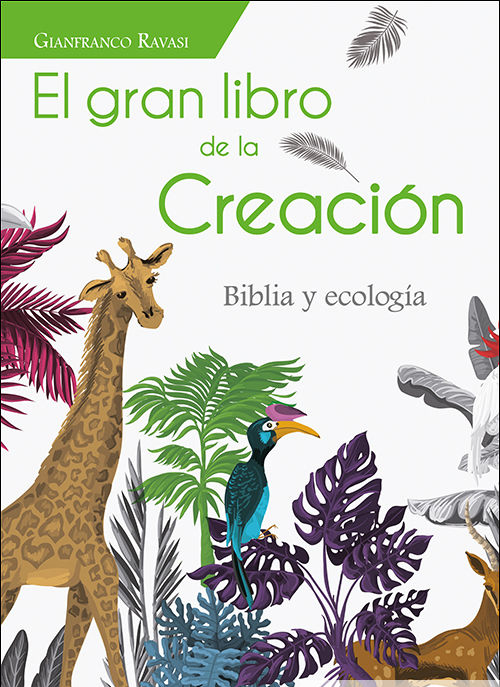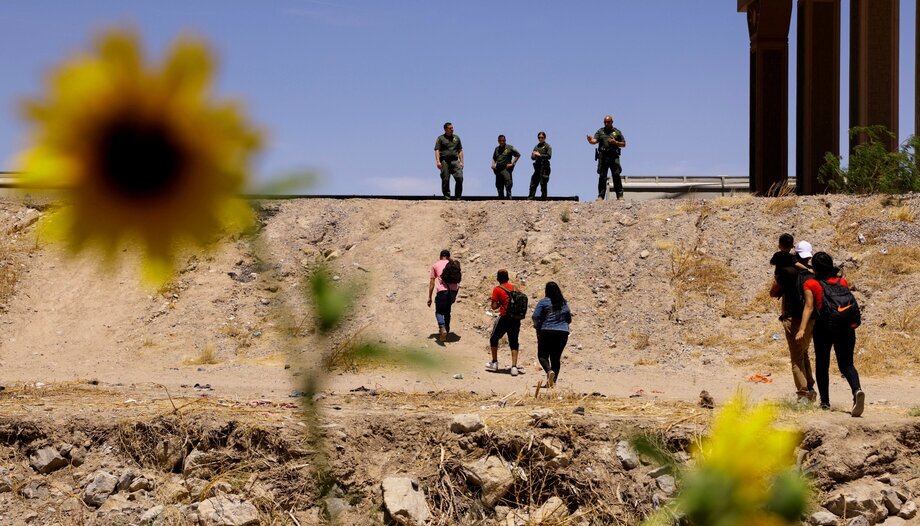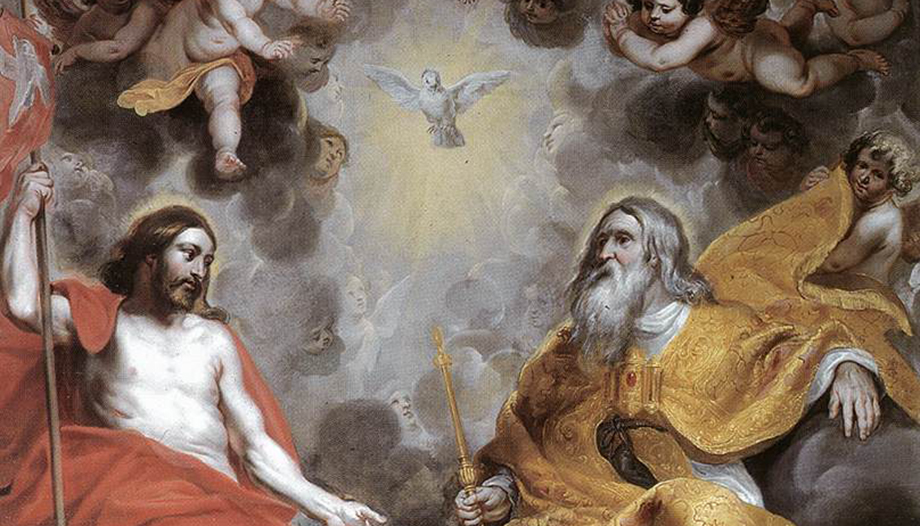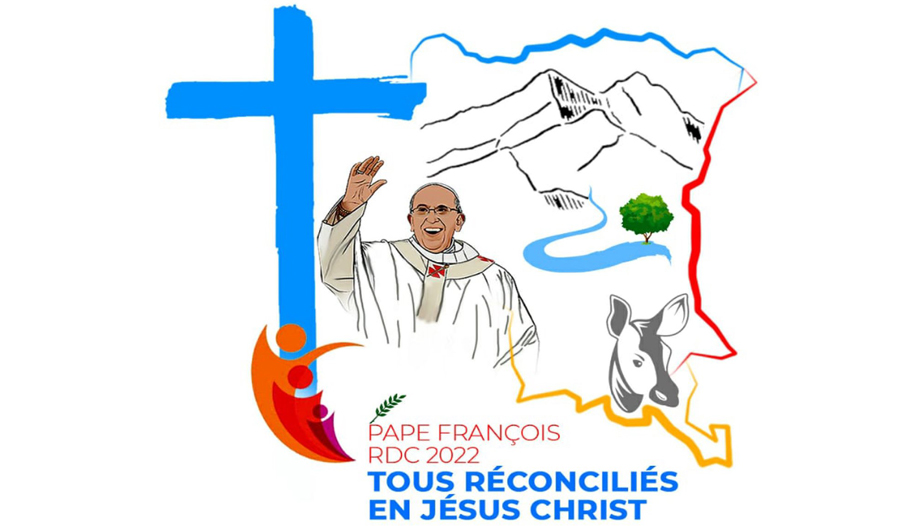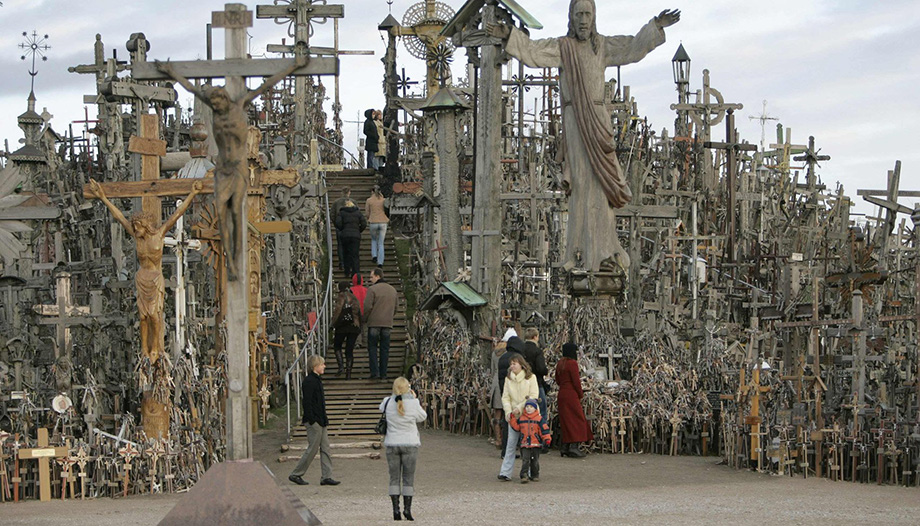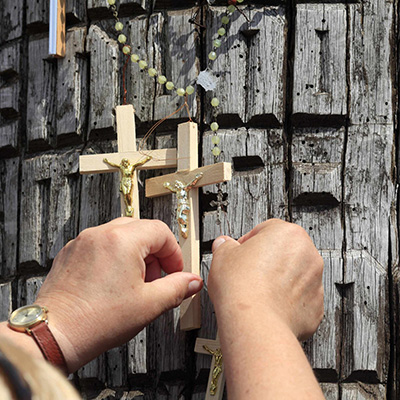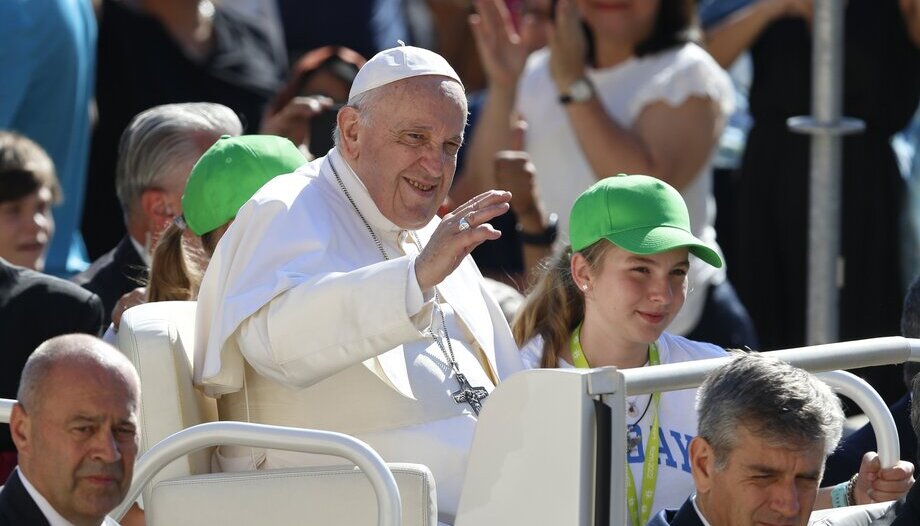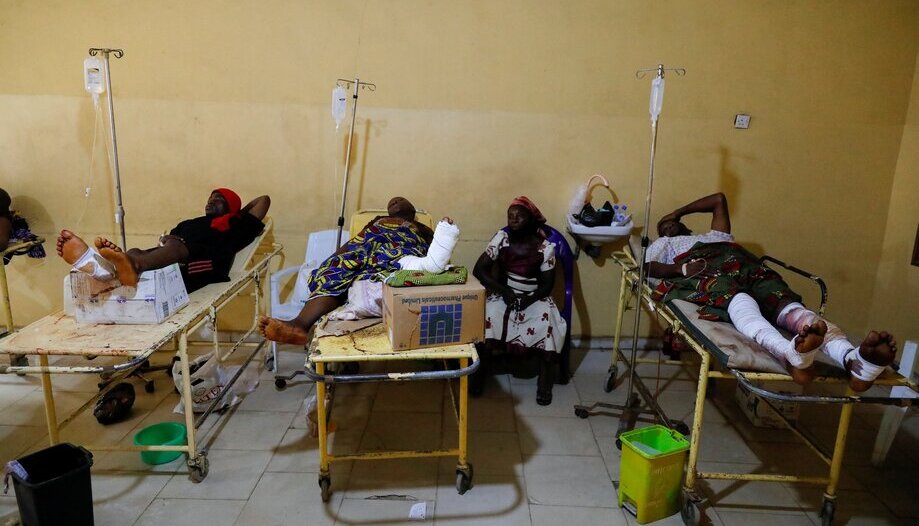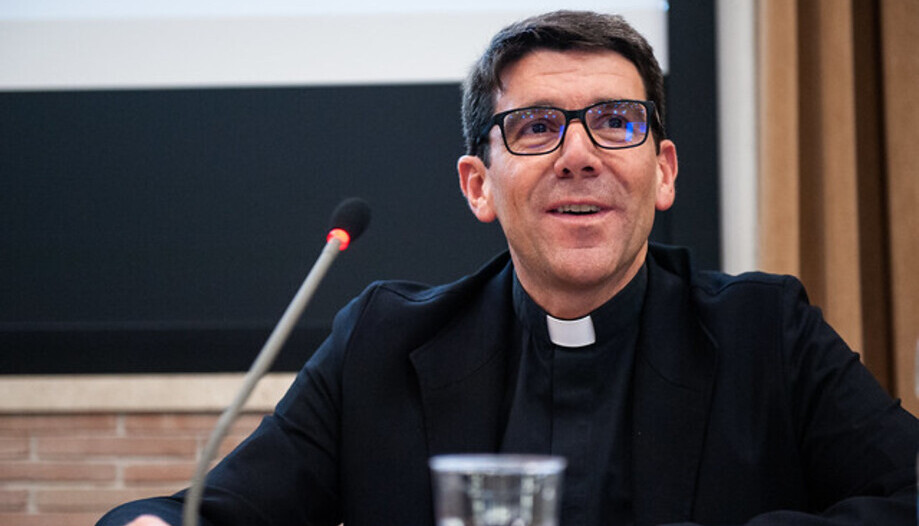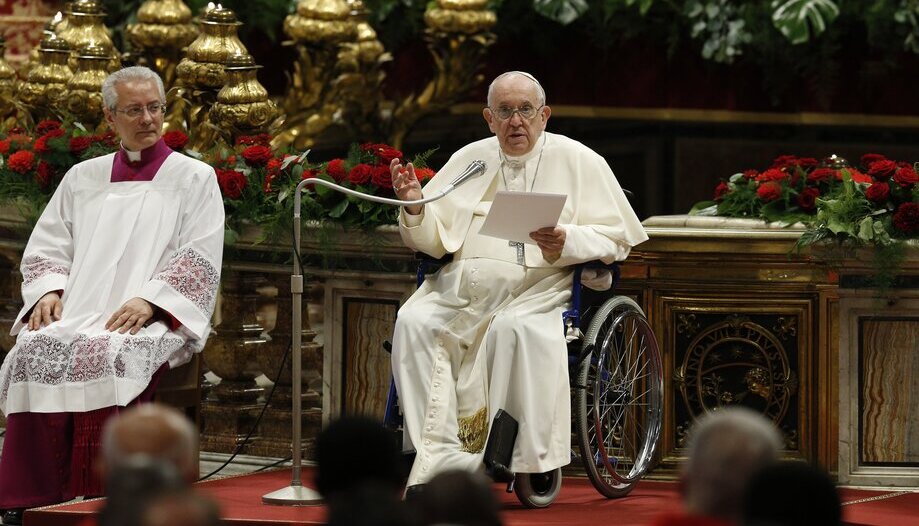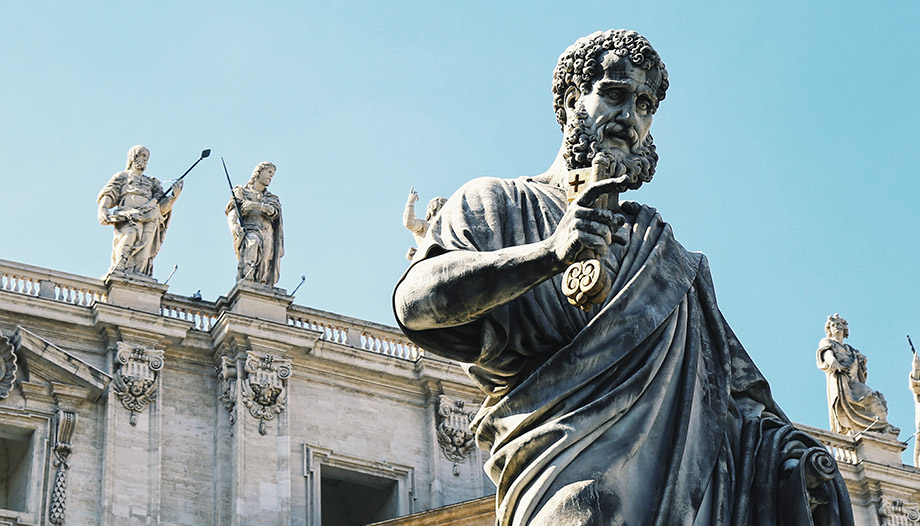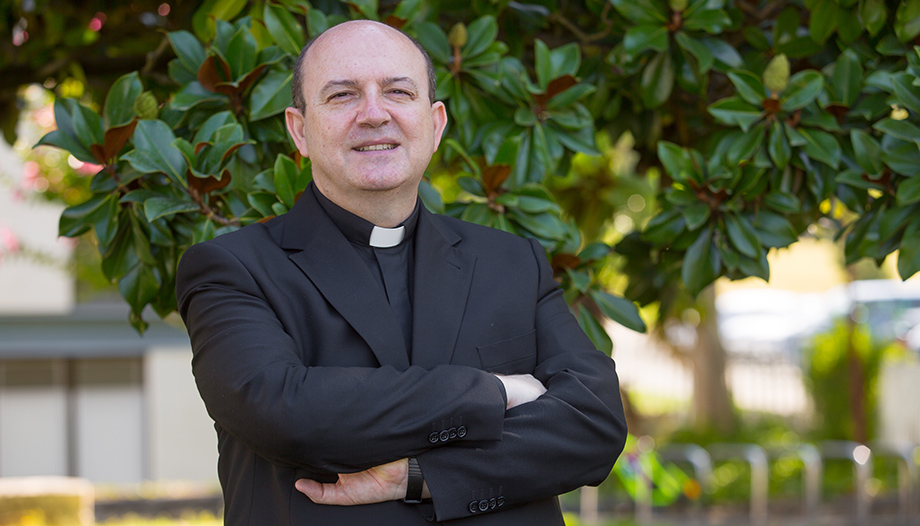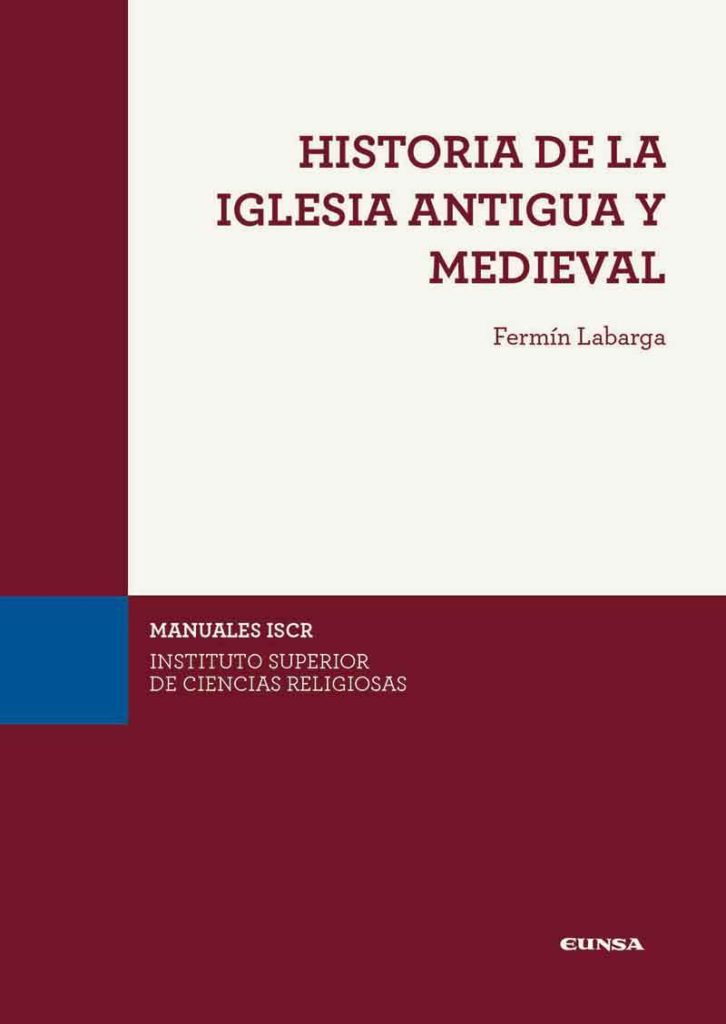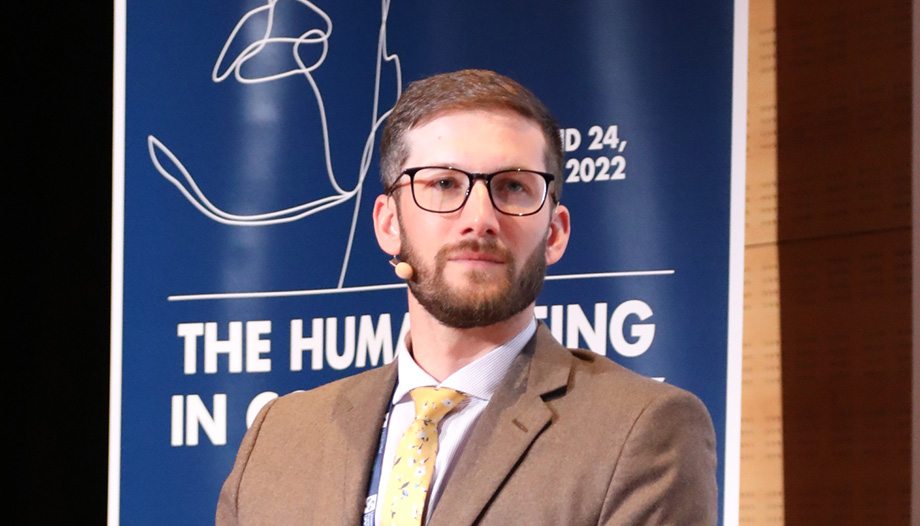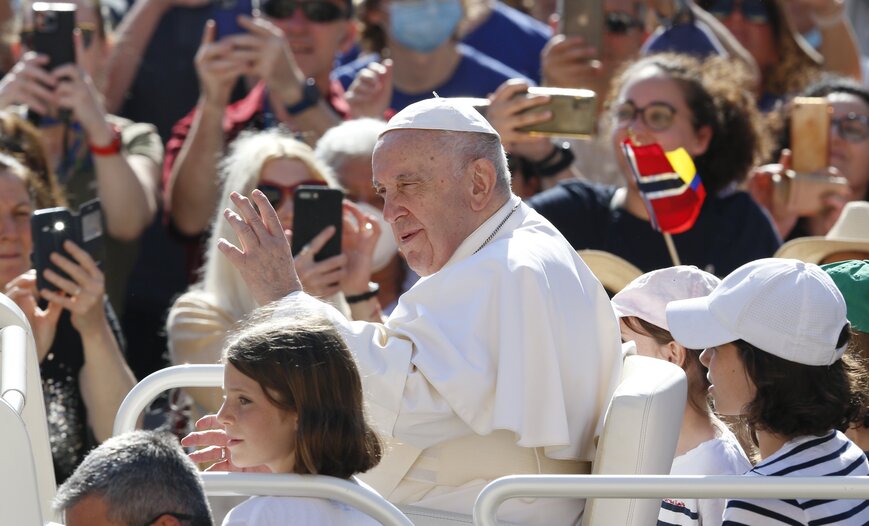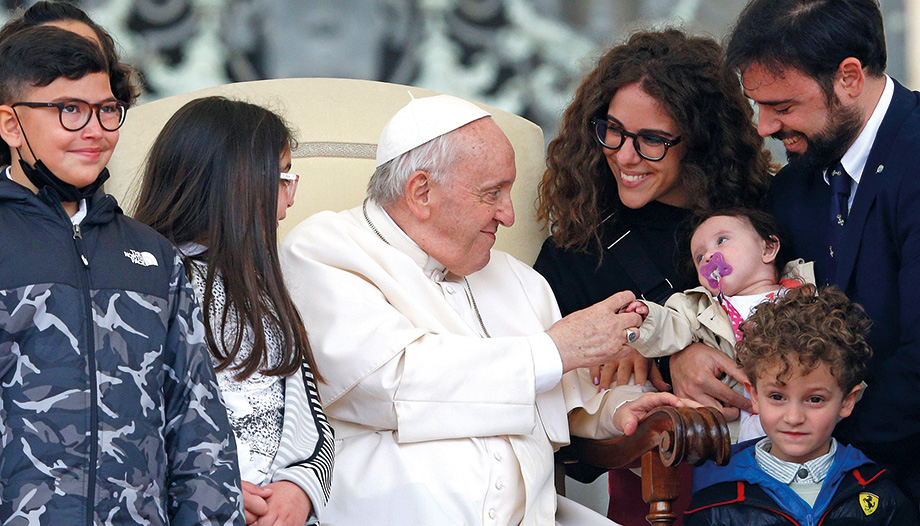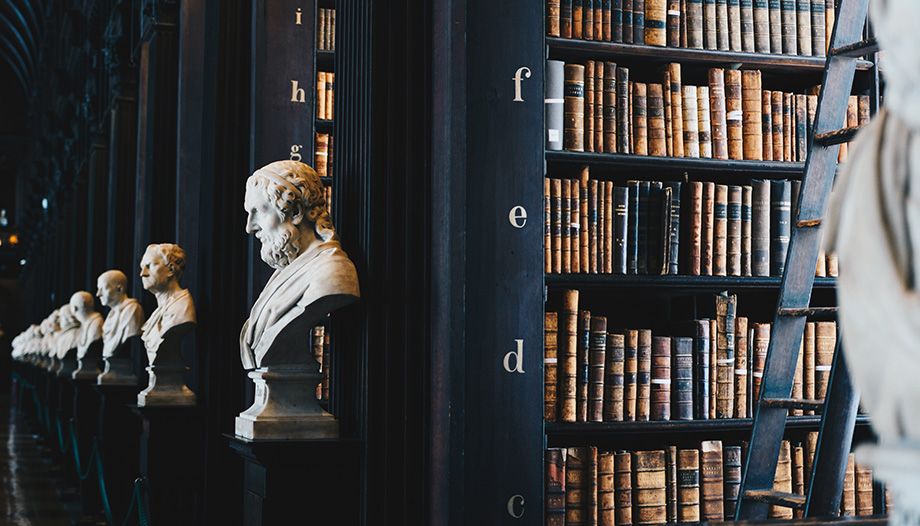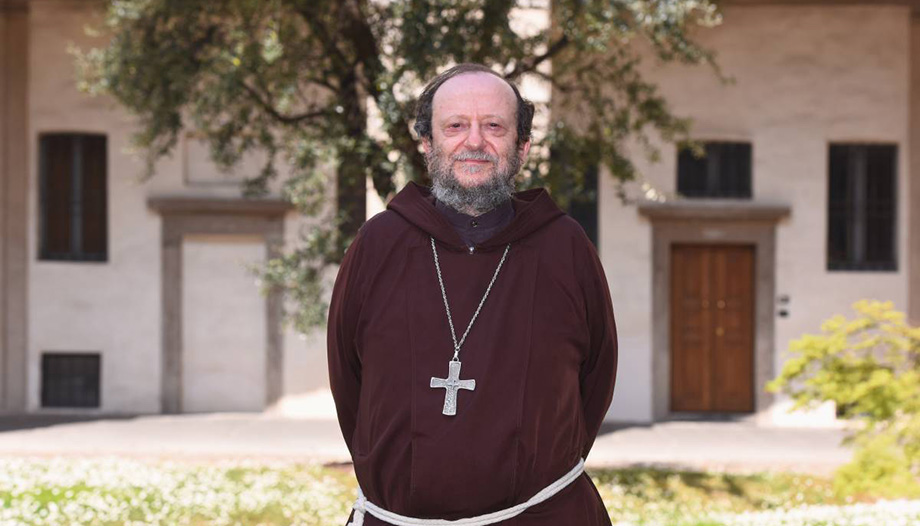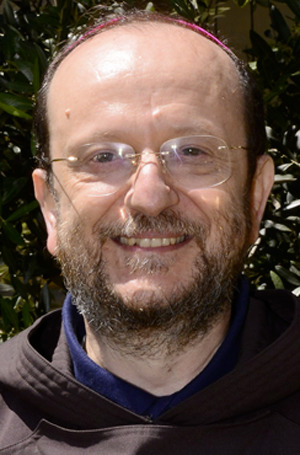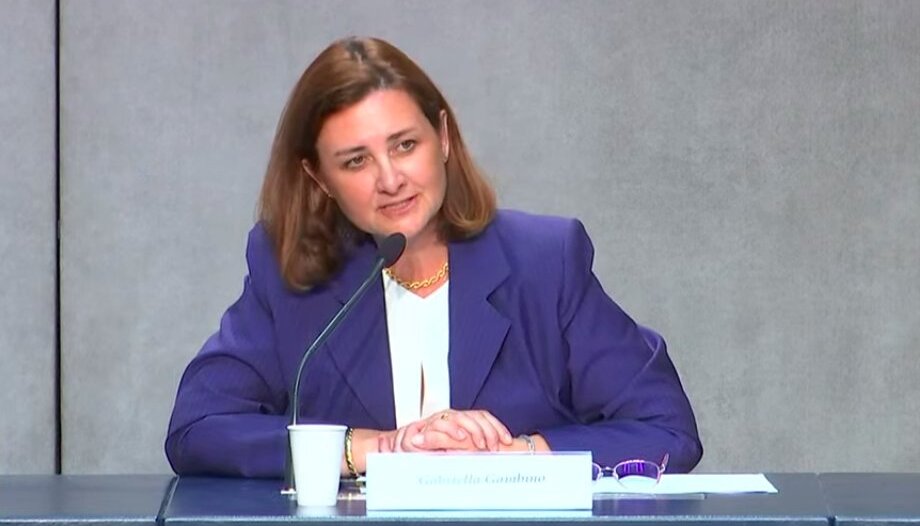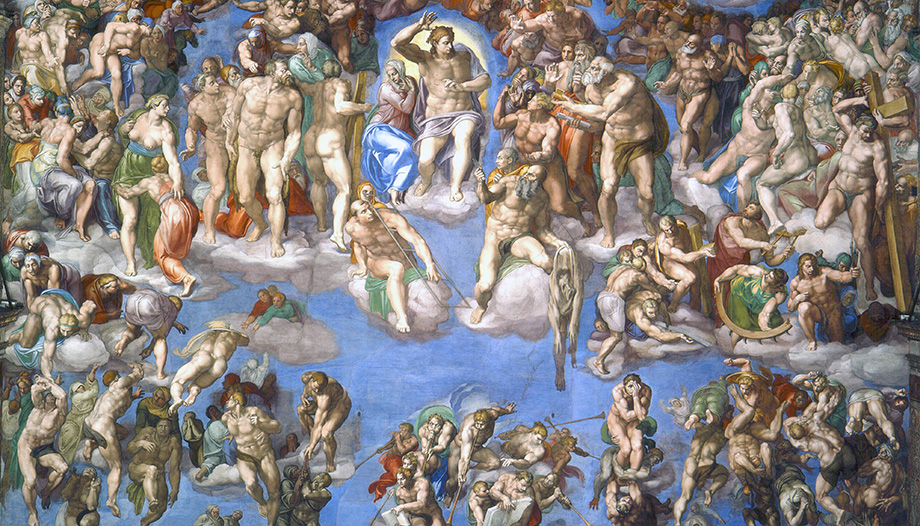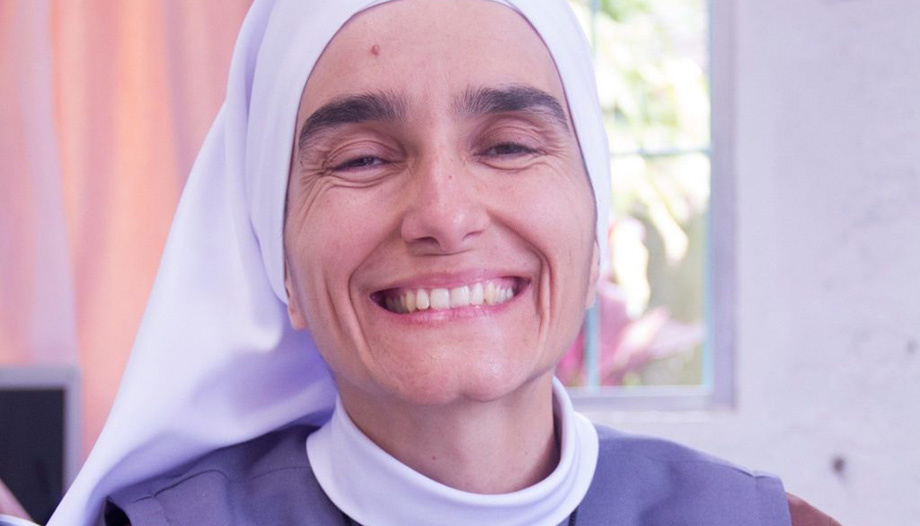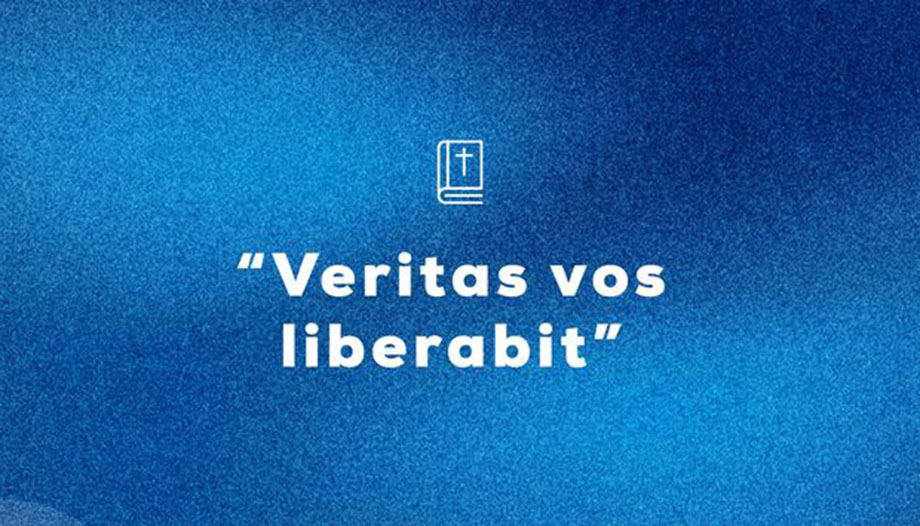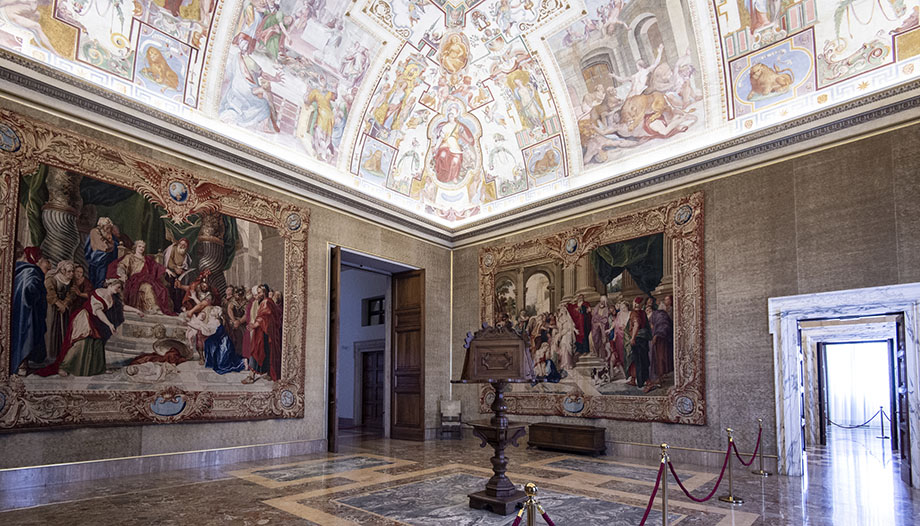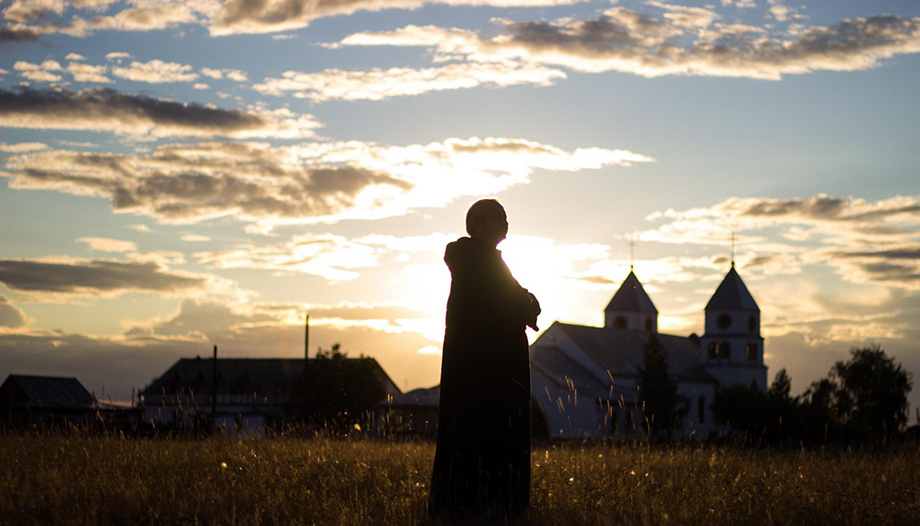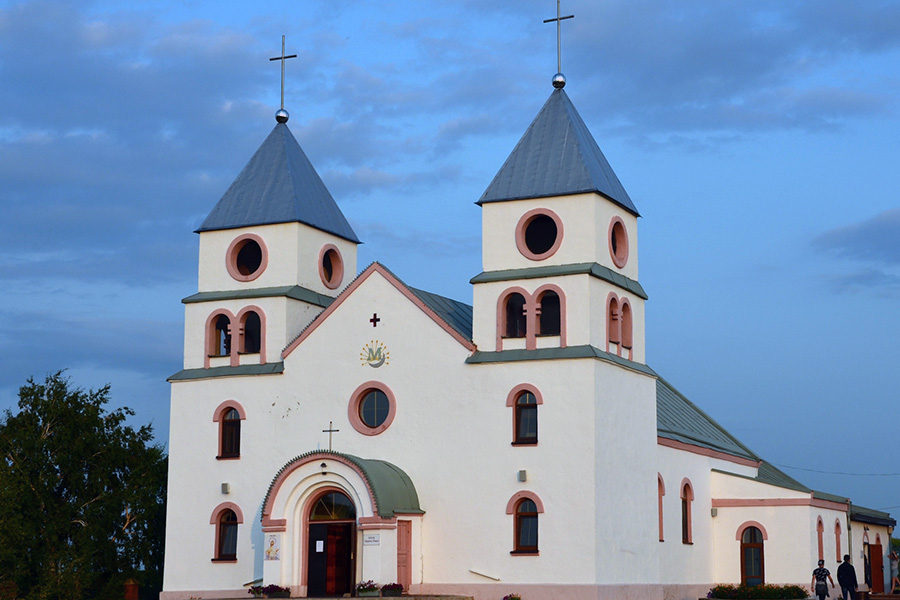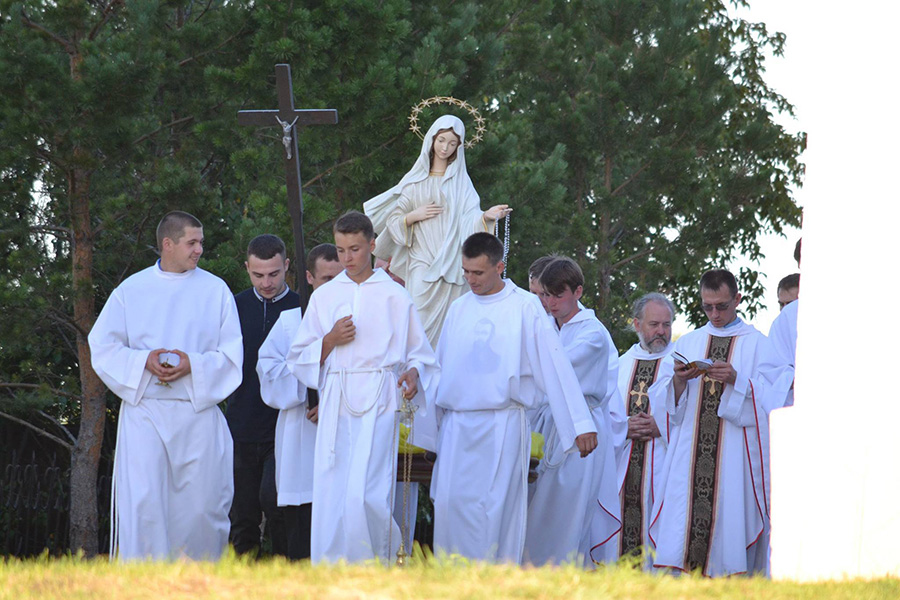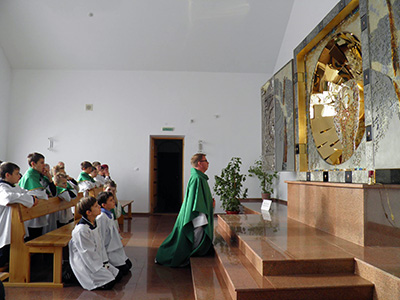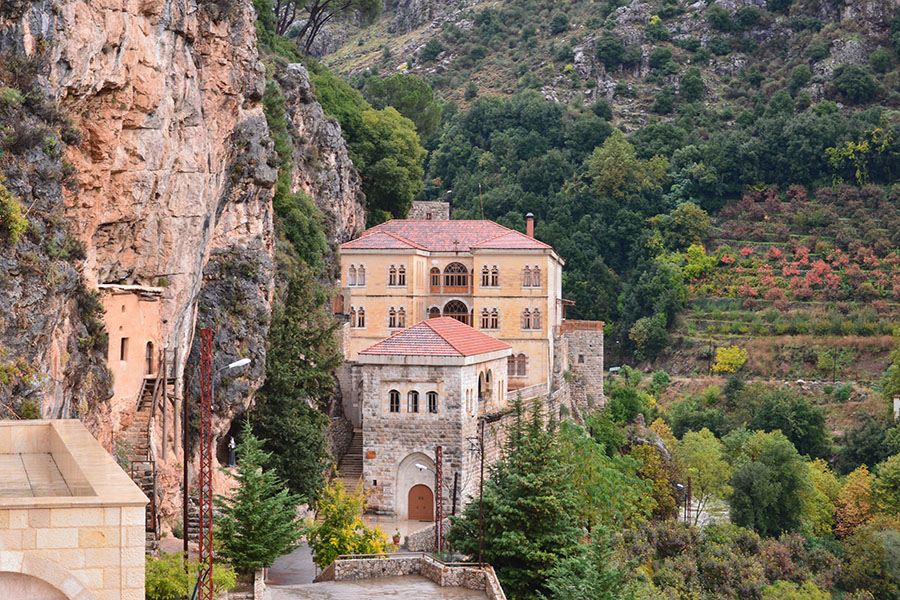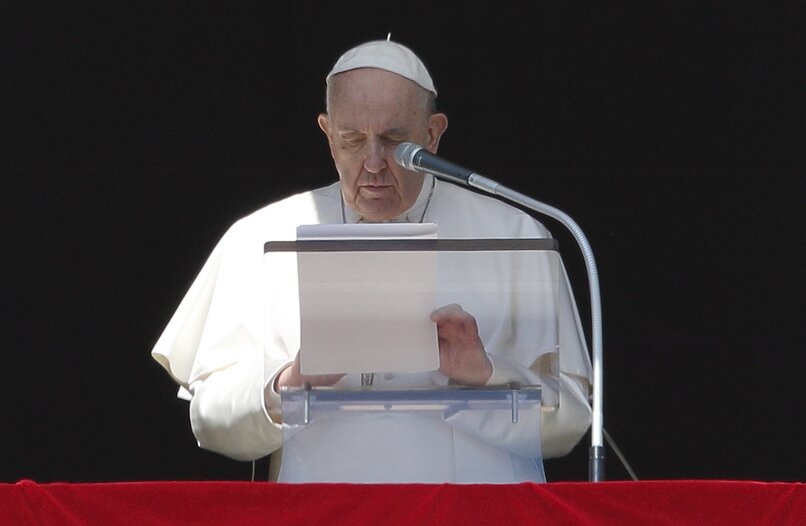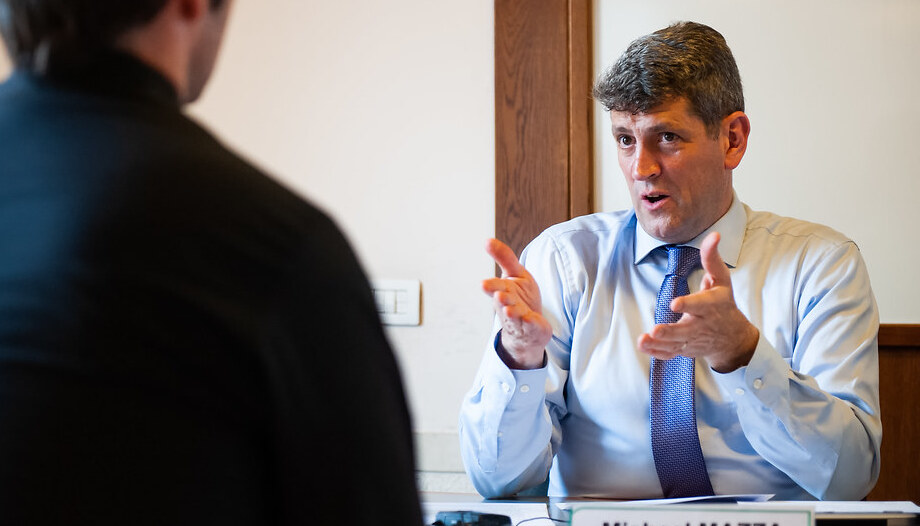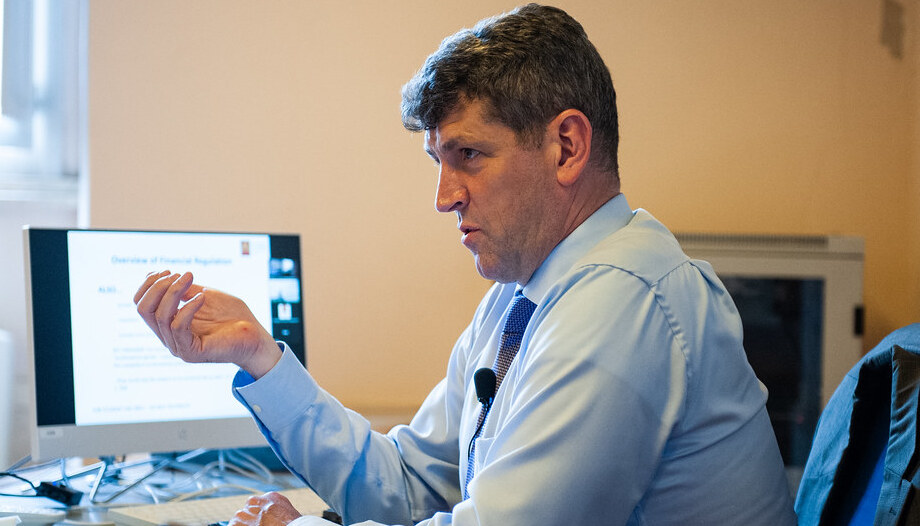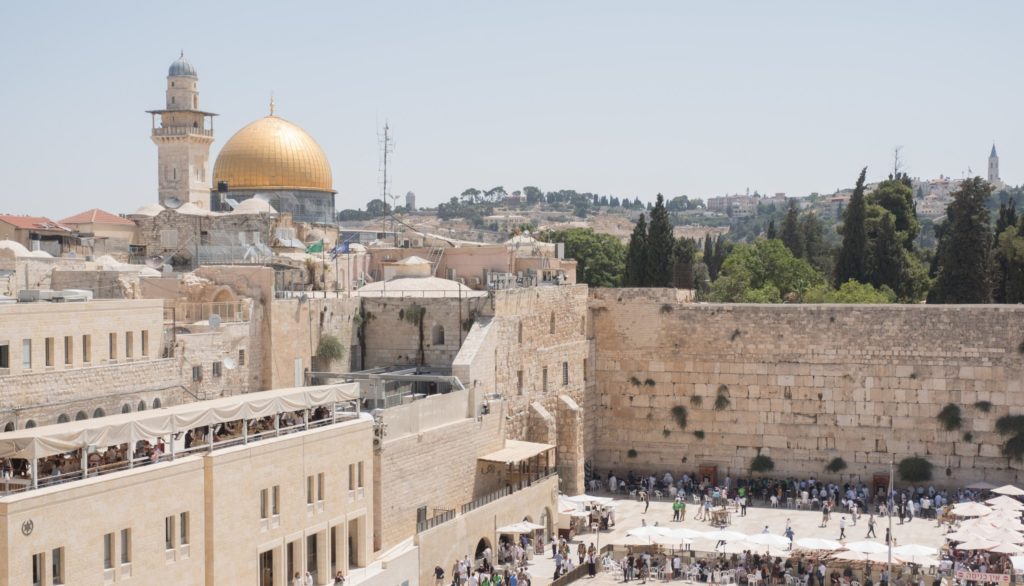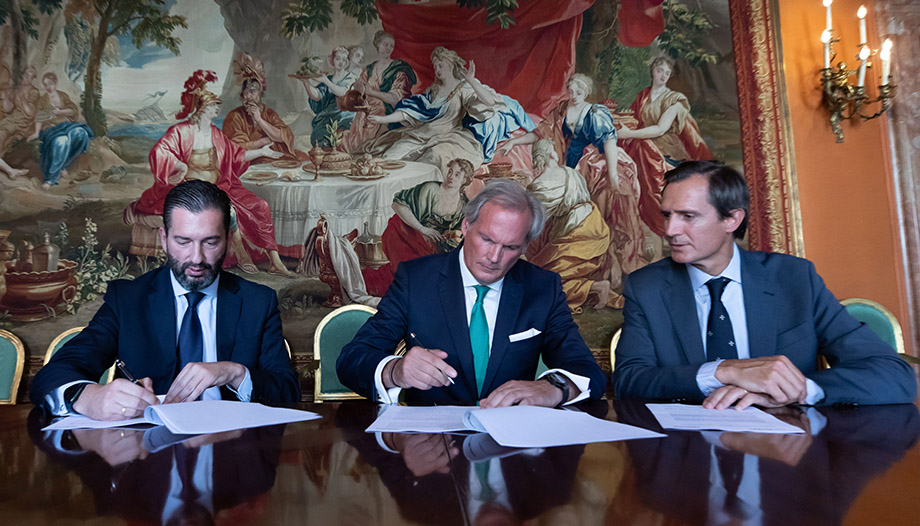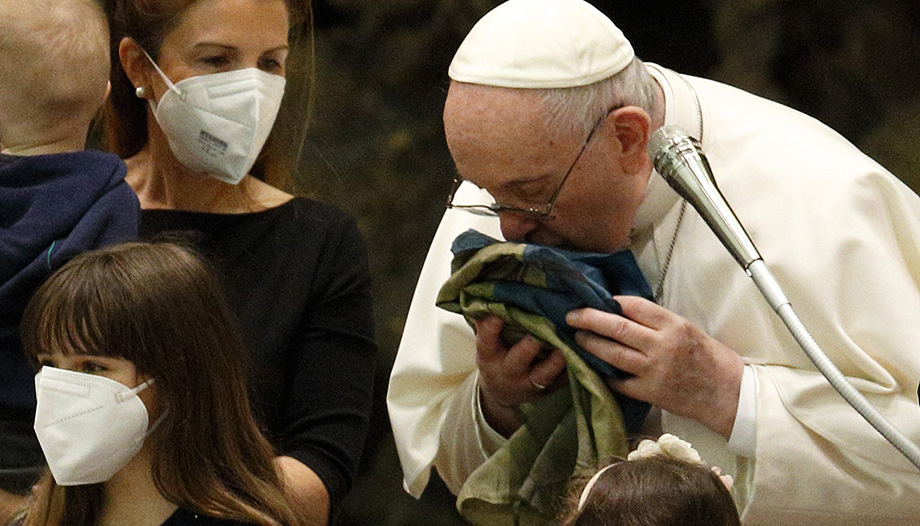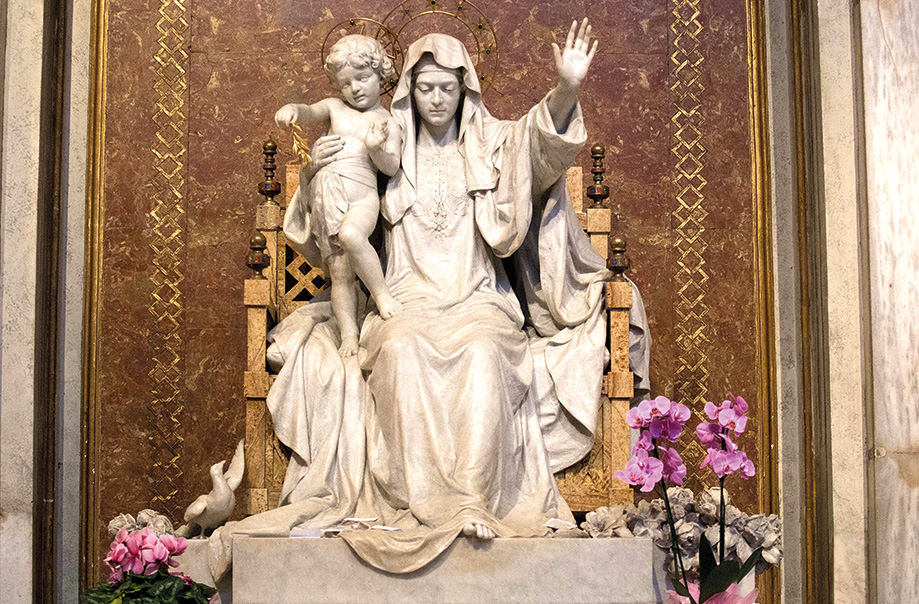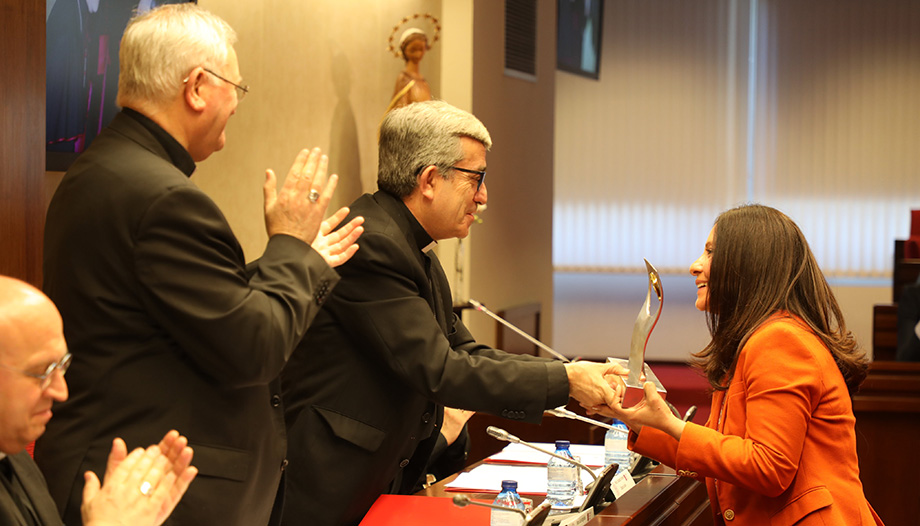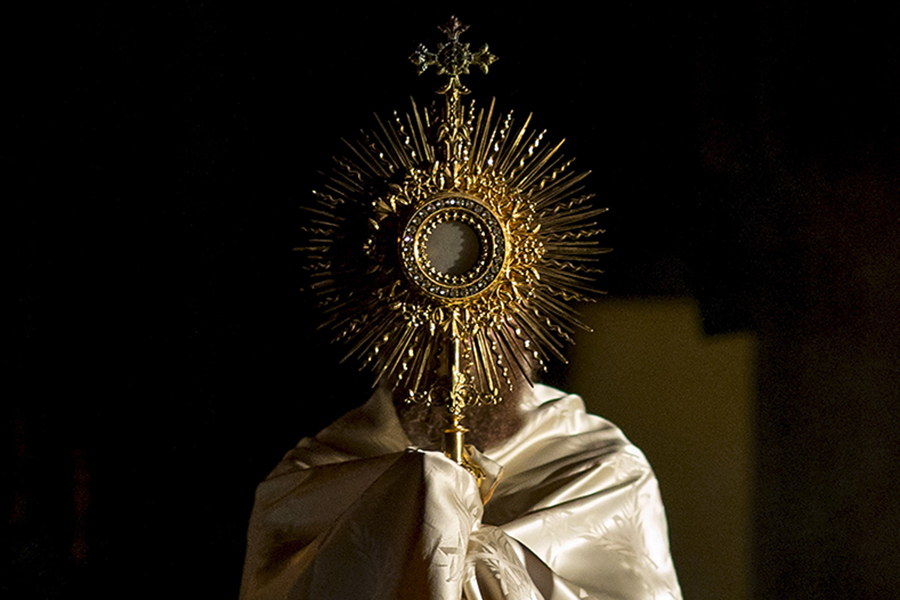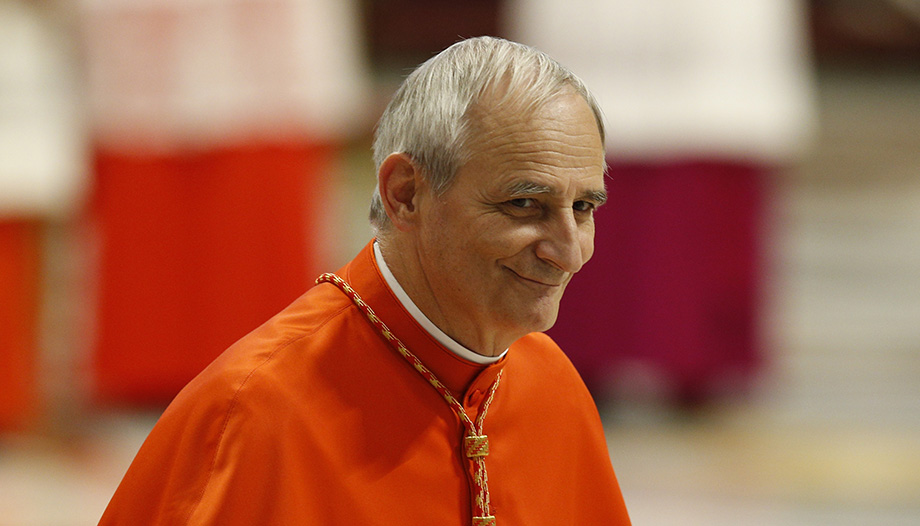Translation of the article into English
– Supernatural Francisco de Vitoria University and the Vatican's Joseph Ratzinger-Benedict XVI Foundation presented the IV and V Open Reason Awards a few days ago, as the final touch to the V Open Reason Congress, in which university professors and researchers from the United States, the United Kingdom and Spain reflected on 'Man in contemporary science'.
The object of the congress The aim has been to deepen a view of reality that places science on the path of respect and service to man and the world, so that researchers and university professors have dialogued from their science with philosophy and theology, as highlighted by Daniel Sada, rector of the Francisco de Vitoria University, at the awards ceremony.
By those coincidences of life, the 'meeting' has taken place in the middle of the Week Laudato Si' 2022, which took place May 22-29 on the seventh anniversary of Pope Francis' encyclical on the care of creation.
Over the course of the five editions of the awards, the Institute Razón Abierta, directed by Vice Rector María Lacalle, has received papers from all over the world, with the participation of professors from Catholic and non-Catholic universities. Among the winners of the first editions are professors from Oxford University, Austral University, Notre Dame University, Navarra, Seville, La Sabana, Loyola Chicago, Università Campus Bio-Medico in Rome, etc.
Michael Taylor, of the Edith Stein Philosophy Institute and the International Laudato Si' Institute, is one of this year's honorees. Taylor is a visiting professor at the Thomas More College of Liberal Arts in Merrimack, NH, and holds degrees in Philosophy, Bioethics, Biology and Environmental Studies. One of his best known works is 'The Foundations of Nature: Metaphysics of Gift for an Integral Ecological Ethic', which we discussed in conversation.
Professor, Can you comment on any ideas you raised at the congress? Specifically, at the round table on wonder at the world.
- We began to talk about wonder and reality, the importance of wonder to help us understand reality and reason itself and its relationship, because reality surpasses us. To open ourselves to experience wonder and to go deeper into it helps us to be intellectually humble. Intellectual humility is not that we cannot understand the mystery, and therefore maintain an intellectual attitude of knowing that we do not understand, and of being in a situation of ignorance; but rather, following St. Thomas, intellectual humility means trusting that we can understand reality, trusting in the senses, trusting that we can know the truth, but at the same time knowing that we cannot know it exhaustively.
That is the great error of the scientistic mentality that accompanies modernity. And we end up thinking that if we cannot understand it, it is not real, or if reason cannot encompass it, it is not real; and that is the intellectual pride that does not want to accept the limits of reason.
When we talk about the limits of reason, if there is a limit, it means that there is something beyond; then we have to shape our attitude, our search for knowledge, considering that reality. There are things that we can know with certain certainty, empirically, and there are things that we can know with reason, but not scientifically, and in those things we are helped by philosophy and human reason.
And then there are things that we can only know by Revelation. We apply reason through theology. That was a great point, how wonder opens us to that whole panorama of healing human reason, which is very battered today. And wonder is, as Plato says, the beginning of philosophy. He was quite right. It is also one of the initial experiences of children, and Christ tells us that we have to become like children. We have to appreciate this.
What is the metaphysics of the gift that you have written about and spoken about at the congress?
- The metaphysics of the gift is not my invention, but follows the whole Catholic, Aristotelian, Thomistic tradition, and it is developed with St. John Paul II and Benedict XVI, because Thomas did not do everything. But it does develop from his ideas, which are very clear. As for the metaphysics of the gift, we must understand to begin with that every person who lives in the world and makes decisions about his life, is showing that he has a metaphysics, which is simply a conception of reality. And one thing that the modern world likes to do is to deny metaphysics, because metaphysics speaks of the immaterial, and since the modern world is materialistic, it does not want to talk about this, it says that metaphysics does not exist. And that is why it is not studied.
But this in itself is a metaphysics, very negative, but it is an idea of how things are, it is a reality. There is a lot of blindness in our days. The metaphysics of the gift is so called, and I am not the first to do so. A gift opens us to gratitude, to humility, to experience, to know that we are not self-sufficient, to what comes to us from outside. And that is very important, because it impels us to seek the giver, the donor, who is ultimately God. But following only reason, philosophy, non-believers can have access to these ideas, and they will decide whether to believe or not.
A gift opens us to gratitude, to humility, and impels us to seek the giver, you say. And you referred to the gift of existence.
-The gift also refers, in the metaphysics of St. Thomas, to the gift of existence, and this was his great contribution to philosophy and ancient metaphysics, because neither Aristotle nor Plato had a very clear concept of the act of being. For both of them, things were eternal, forms were eternal, existence was carried within the form. But what St. Thomas explains is that the form, which is active on matter, is also passive with respect to the gift of existence, the act of being. This act of being is what maintains everything in existence, it is the gift of God which is creation.
Creation is not something that happened in the distant past, but is happening. It describes a relationship for all things and for all of us, who are not the source of our own existence. And only in God does existence correspond to essence. God is his existence, which is eternal. And in that sense we philosophers do not say. God exists, but God is existence itself, while everything created exists thanks to Him.
The metaphysics of the gift starts from this idea, but it is also seen in all things, because every effect shows signs and characteristics of its cause. All the goodness, beauty and rationality of the source, of God, and also his relationality - and here I refer to the Trinitarian ontology, three Persons in One - is seen in all creation. You see it in ecology, in the food webs [food chains] in the way all things are related, in the ways in which animals and plants wear themselves out to create the next generation. And like all things, they appear to us as truths, as good and as beautiful.
Another important point: before the scientific gaze, we do not understand things as truths, good and beautiful, in the deep sense, in the Catholic sense; but science makes everything neutral, which is false, because everything created is good because it exists, even a mosquito, and that is a metaphysical principle. This is something we have to recover.
The natural world is not a machine. You can't just swap parts, you have to treat nature differently.
Michael Taylor
It also proposes an ecological ethic, as opposed to a dominant view of the natural world marked by a mechanistic vision... Is this correct?
- That is the way it is. The modern world, starting from a scientism, which must be distinguished from science, from the search for truth with an empirical method. If you absolutize that method, you end up in scientism, and you end up interpreting all of nature as if it were a machine. And this is very simple to do, and very natural, and analogies can help us. But the metaphysics of the modern world is made like that, it treats the natural as if it were a machine.
Modern science is a method to learn how to manipulate things, and that is how we treat nature sometimes, ignoring its telos, its proper end that it has given by God in its essence, and we ignore its dignity, in the sense that each thing exists because it is receiving the gift of existence from God, and that should at least make us think. I am not saying that it is wrong to eat the meat of an animal, but we should at least have gratitude and understand that it is a gift to us. God wanted it to live, and he also wanted it to help us carry on our existence.
Ecological ethics sometimes treats things this way. Well, if you're going to pollute one area, it means you have to fix or preserve another, and it doesn't matter. I was surprised to see that today, they say airlines don't produce any carbon, because they pay a fee to balance the equation. It doesn't work that way. The natural world is not a machine. You can't just swap the pieces, you have to treat nature differently.
You also speak of defending the dignity of nature which, if we have not misunderstood, means defending the dignity of human beings.
- So it is. From metaphysics we understand that everything that has been created has a dignity of its own, according to its essence. A stone is not the same as a bird, but both are good, insofar as they are, and all are loved by God. Many times I understand that, in the present situation, animalists, for example, want us to value animals the same as human beings, and that we should not mistreat animals. But at the same time they are abortionists. Let's see, do they all have the same dignity, or don't they? Or how is it? I think that the defense of life, the defense of the dignity of the person, is absolutely essential, and the defense of the dignity of nature and animals does not have to be opposed.
It is very interesting to understand, when they were fighting Marxism in Poland, they said that they did not need an enemy to affirm the value of the person and the values of the Gospel. While Marxism did. Marxism needed to attack an enemy to justify its existence and its struggle.
The same goes for the defense of the dignity of the human being. And this can be seen in the writings of John Paul II himself. Chronologically, he spoke a lot about the dignity of the human being. In fact, he was one of the main founders of personalism, which fought against Marxism. But two months after the fall of the Berlin Wall, on January 1, 1990, he began to speak of the dignity of creation. What happens is that the dignity of the human being is founded on the dignity of creation, we are creatures. In this sense, I speak of defending the dignity of nature, as a basis for defending the dignity of the human being.
Given your arguments, let's talk for a moment about Pope Francis' encyclical Laudato Si'. How would you summarize a couple of contributions of this encyclical, now that it is seven years since its promulgation?
- This vision of which I am speaking is present in the Laudato Si'. There are people who want to manipulate the document, and say that it is only about climate change, or to be activists, politicians. No. The vision of Laudato Si' is very deep, it is about the vision of what it means to be created or creation itself. The first attitude is not to go out in the street and protest. The first attitude is to stop, to be silent, and to contemplate nature, to contemplate the beauty of creation, and above all the creation of ourselves. We are the culmination of creation. And that does not mean that we can do whatever we want, but rather it gives us a great responsibility. That is the vision that underlies the encyclical Laudato Si'.
The next step?
- Then, when we are in an attitude of prayer, open to understand the gift of creation through contemplation, we can work on the virtue of prudence, which helps us to make practical decisions to live our daily lives.
Obviously, living a simpler life, requiring fewer resources, are obvious conclusions. We live in a technocratic world, and we are constantly invited to think that happiness is found in having many things, in doing many things, in traveling to many places. But the richness of creation that Laudato Si' describes is that everything we need, everything the human heart desires, goodness, truth, beauty, can be found, and found best, in a simple life that pays attention to what is essential in creation. That does not worry so much about what we have or can have, that lives close to the earth. It is very dehumanizing not to know where our food comes from, to have to eat things always in plastic [packaged], not to see a tree or a bird in its natural place.
But this is very difficult for many people. There is also a revaluation of work and agriculture, not a mechanistic, modern agriculture that uses chemical products for everything, but a simpler agriculture, a little more of the people. I believe that the world realizes that this life of the people, close to nature, has an intrinsic value that helps us to live better, to understand our faith better. What Paul says in Romans 1:20 is that the invisible God makes himself visible through his creation.
There we can understand God. If we live in a world completely built by man, it becomes difficult to see God. I think we have to become aware of that.
We are the pinnacle of creation. And that does not mean that we can do whatever we want, but rather it gives us a great responsibility. And that is the vision that underlies the encyclical Laudato Si'.
Michael Taylor
We conclude this thought-provoking conversation with Professor Michael Taylor, which will be continued. Pierluca Azzaro, Secretary General of the Vatican's Joseph Ratzinger-Benedict XVI Foundation, also spoke at the awards ceremony, recalling that this collaboration "began six years ago, after the conclusion of the Congress 'Prayer, a force that changes the world' that the Ratzinger-Benedict XVI Foundation held at the UFV in the context of the celebration of the V Centenary of the birth of St. Teresa".
Omnes has had as speakers in 2021 two professors who have been awarded with the annual prizes granted in Rome by the Vatican Foundation Joseph Ratzinger - Benedict XVI: the Australian Tracey Rowland, 2020 Ratzinger Prize winner, and the German Hanna-Barbara Gerl-Falkovitz, Ratzinger Prize 2021.
The authorFrancisco Otamendi 




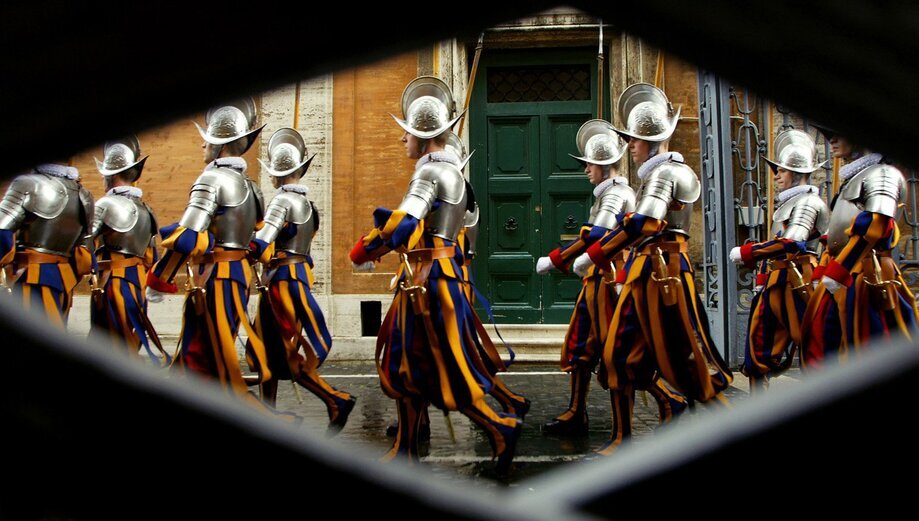
 Who is in charge of the Church and how is it organized internally?
Who is in charge of the Church and how is it organized internally?





